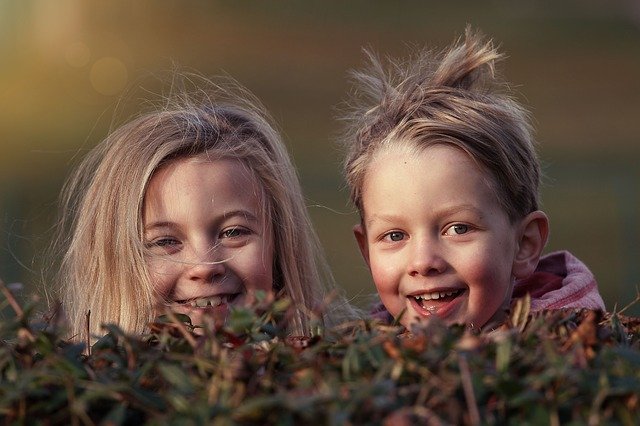
As Captain Antarctica I research aspects of Antarctica, especially the impact of climate change on the Poles. Although I am not a doomsayer and am pretty positive about the future I believe our children may be facing situations in the future that will require high levels of resilience. With the looming threats from climate change to new pandemics, from economic downturns to civil unrest we need to build resilience in children.
Resilience is the ability to recover from or adjust easily to misfortune or change and it is an extremely useful personality trait to develop.
We have made much of the Western world very safe for children. Possibly too safe. Evidenced perhaps by social media influencers having meltdowns because they didn’t get enough likes on their Instagram channel or Facebook suspended their page. It’s as if they never had to face adversity and when it does come along they are not equipped to handle it.
The Aircraft analogy
The Beyond Blue anti-depression website (which also deals with mental health issues in children) explains the concept of resilience using the analogy of a plane encountering turbulence in flight.

‘The turbulence, or poor weather, represents adversity. Different planes will respond to poor weather conditions in different ways, in the same way different children respond to the same adversity in different ways.
The ability of the plane to get through the poor weather and reach its destination depends on:
- the pilot (the child)
- the co-pilot (the child’s family, friends, teachers and health professionals)
- the type of plane (the child’s individual characteristics such as age and temperament)
- the equipment available to the pilot, co-pilots and ground crew
- the severity and duration of the poor weather.
As an analogy it’s pretty good. However, if we equip the pilot with skills and confidence and a past series of experiences of adversity that they have overcome, then perhaps all of the other factors aren’t so important. Helpful but not key. Even if the plane went down, which might be a situation beyond the pilot’s control, a pilot with resilience would be able to deal with the aftermath on the ground (assuming they survived).
It may seem strange but research has shown that people develop resilience through dealing with adversity. Of course we want to protect our children and not have them face too much adversity in their lives. So how do we build resilience without placing them at risk?
Survival training
I believe we can do it through survival training. I’m not talking ‘Lord of the Flies’ type survival scenarios here but a phased, gradual series of lessons that develops the key attributes of resilience
Building good relationships
Opportunities for independence and autonomy
Learning to manage emotions
Build confidence by taking on personal challenges
Survival training can do all of that and more. We need to start off slow by introducing them to the basics of bush-proofing. I have drawn the training from the successful ‘Hug a tree’ programme in the USA and Canada, and tailored it to the Australian environment.
The one-day course I designed for children between the ages of 6-12 is aimed at keeping them alive if they become lost and separated from their parents, giving search parties the opportunity to find them.
They are also provided with a very minimal but effective survival kit to assist in that process. They are encouraged to carry it with them outdoors (though they can survive without it).
If you live in the Brisbane, Gold Coast, or Sunshine Coast in Queensland, Australia and want your children to learn resilience through survival/wilderness skills then contact me at cap@captainantarctica.com.au


Leave a Reply